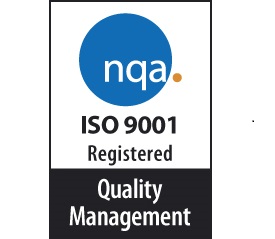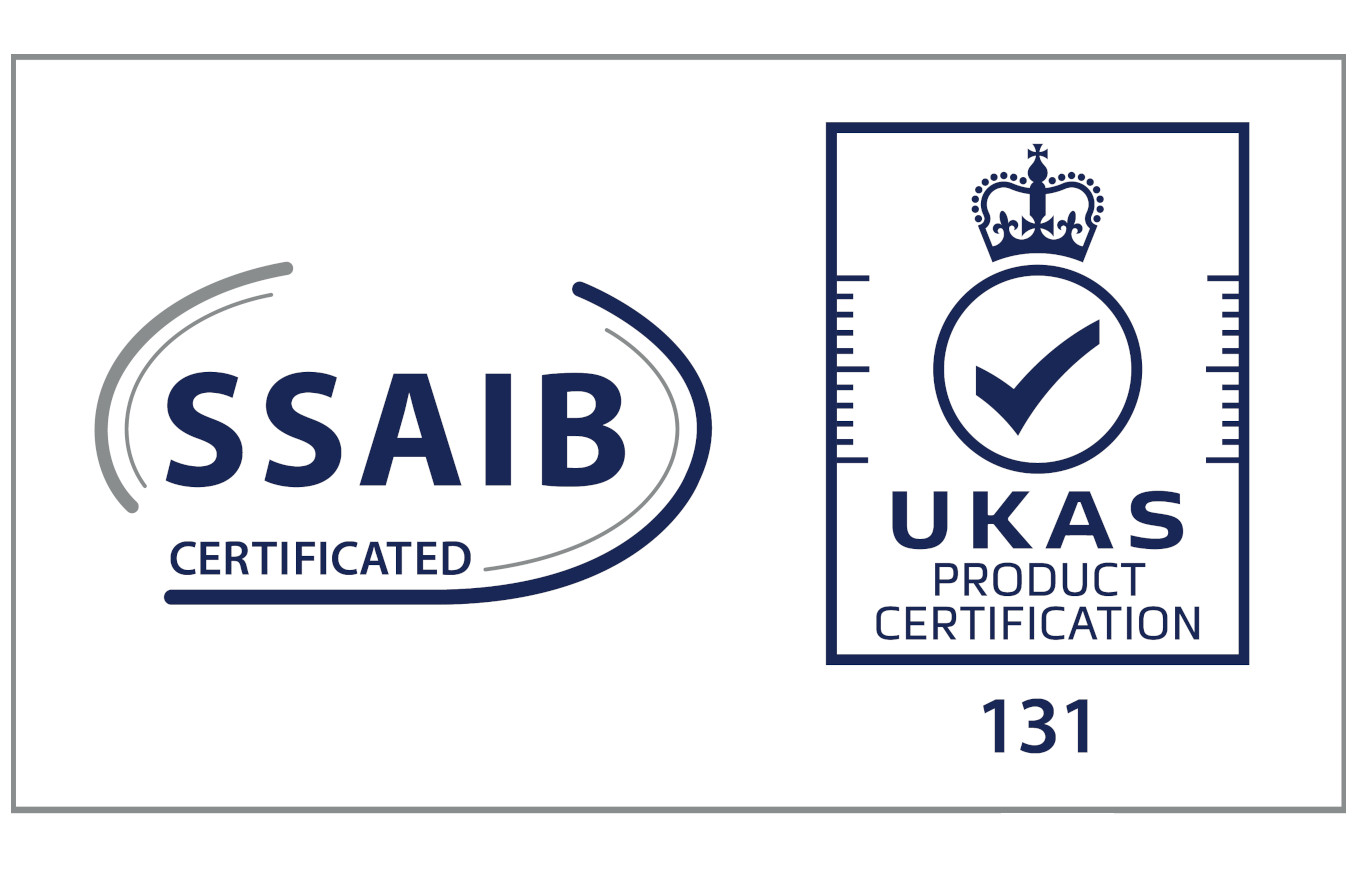Emergency Lighting
Emergency escape lighting systems should be regularly tested and properly maintained. The Systems should also be designed and installed correctly in accordance with BS5266.
Aylesbury Fire Systems can maintain, design and install emergency lighting systems. Click here to request a quote.
A Guide to Emergency Lighting Maintenance
Depending on the type of installation, trained members of staff should be able to carry out most of the routine tests by themselves. As the test methods will vary, there may be some doubt, in which case it is recommended that advice is sought from the supplier or another competent person.
A typical test is via a key operated switch that is located either near the main fuse board or adjacent to relevant light switches. This is also known as a ‘secret key’ switch, as it designed to allow testing of emergency lights while preventing non-authorised operation of the test switch.
A Guide to Emergency Light Testing (as per BS5266):
A daily visual check of any central controls if a centrally powered system with slave luminaires is installed;
A monthly function test by operating the test facility for a period sufficient to ensure that each emergency lamp illuminates.
An annual full discharge test to ensure that the lamps are lit for the full discharge period (usually 3 hours) and that the batteries are re-charging Particular care needs to be taken following a full discharge test. Batteries typically take 24 hours to re-charge and the premises should not be re-occupied until the emergency lighting system is full functioning, unless alternative arrangements have been made.
It is best practice to keep a record of all tests in the fire safety logbook.







